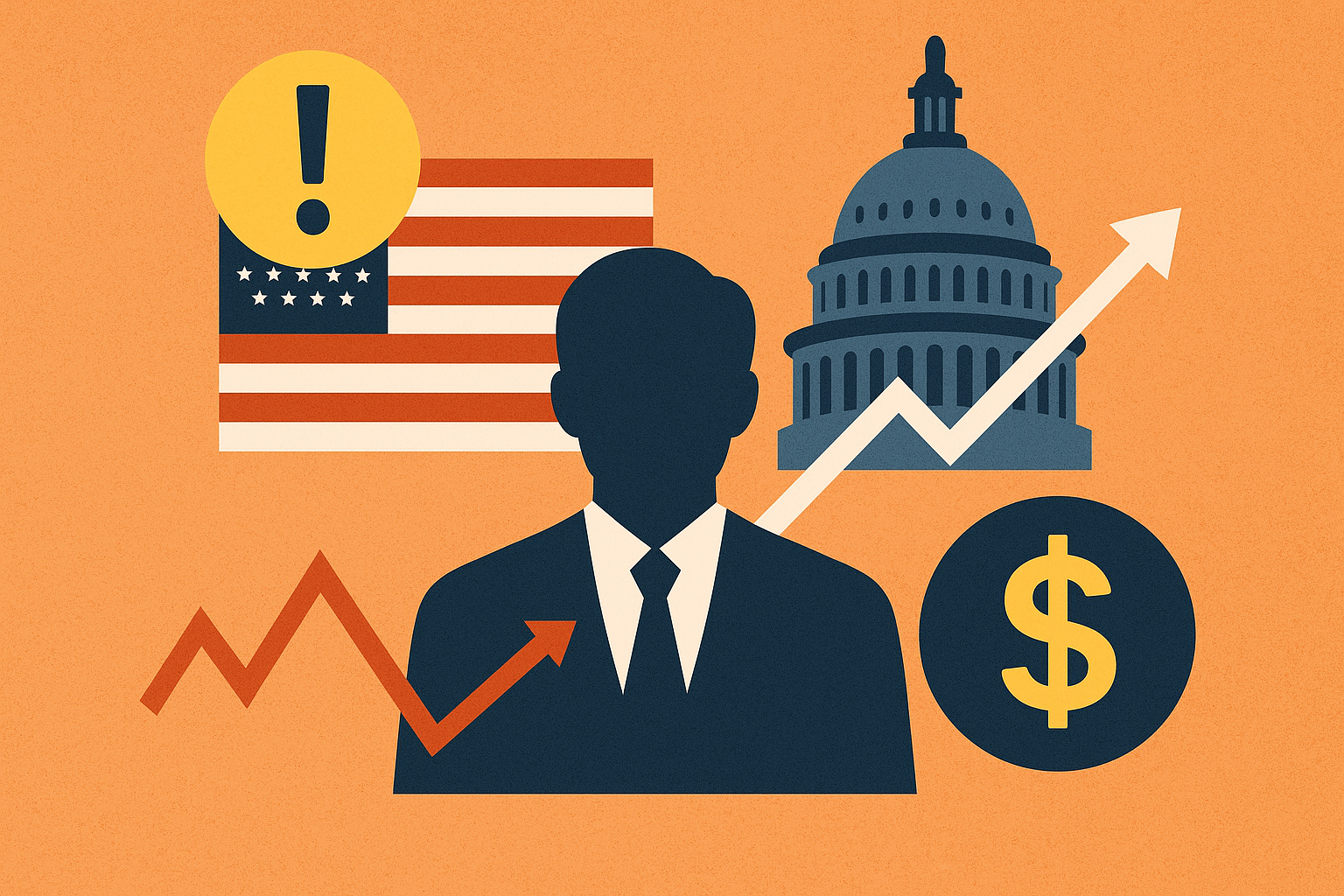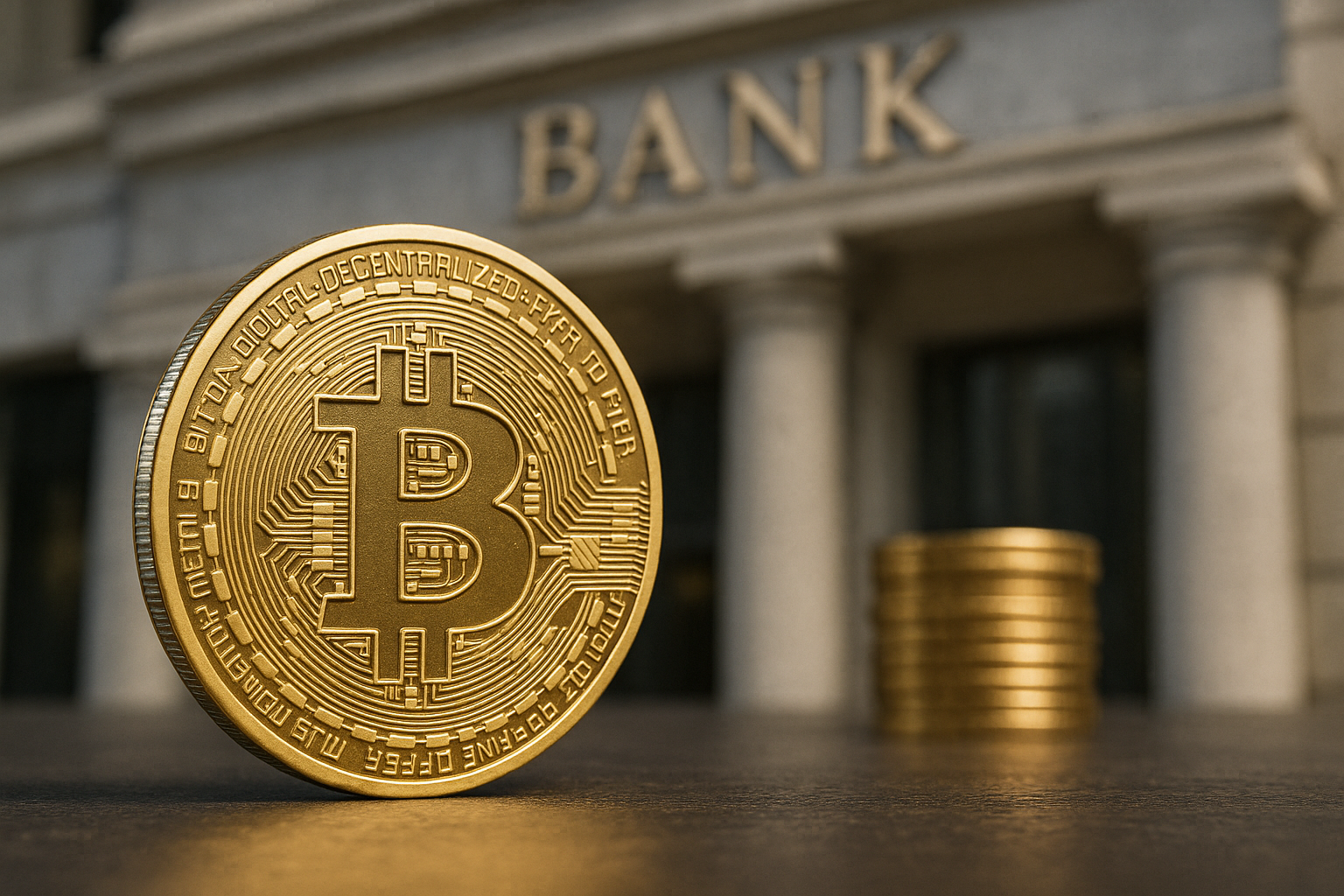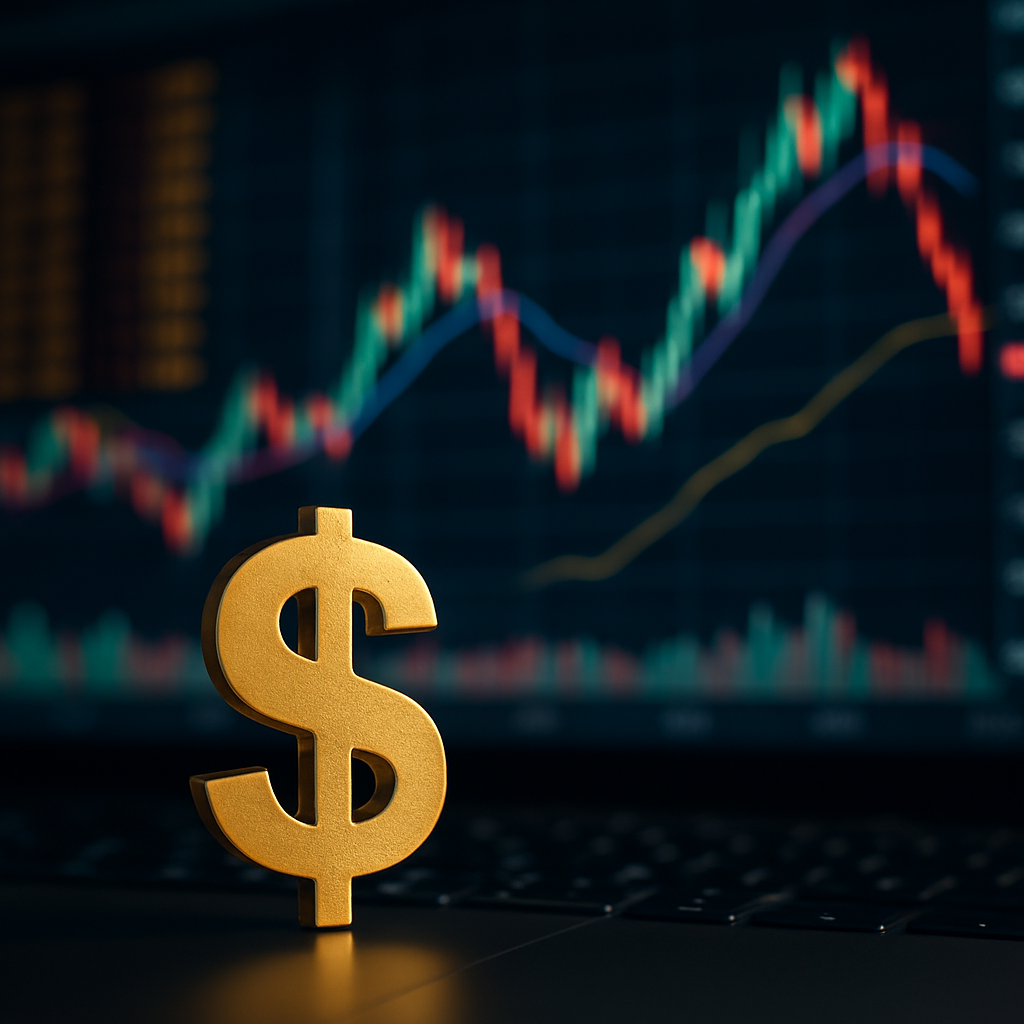The global investment landscape has rarely been so politically charged — or so entangled with fiscal anxiety. As the U.S. government shutdown drags into another week and debt levels swell to nearly 124% of GDP, investors are finding that policy uncertainty is now a major market driver, not just background noise. Add to this a growing divergence in global regulatory frameworks — underscored by the International Monetary Fund’s latest warning on financial-stability risks — and it’s clear that markets are entering a new era where politics, debt, and monetary strategy are increasingly intertwined.
Government Gridlock and the Data Blind Spot
The ongoing U.S. government shutdown — now among the longest in recent memory — has frozen critical data releases from agencies like the Bureau of Labor Statistics and the Commerce Department. This has left markets operating in an “information vacuum,” according to The Real Economy Blog, with investors and policymakers alike missing key macro signals such as inflation readings and employment trends.
Historically, markets have treated shutdowns as temporary irritants. But this one, compounded by debt-ceiling anxiety and election-year rhetoric, is morphing into a structural risk. Delays in federal spending and contracting could hit Q4 growth figures, and a prolonged impasse risks a ratings backlash. Recall that in 2011, Standard & Poor’s downgraded U.S. sovereign debt amid similar dysfunction — a move that sent Treasury yields gyrating and sparked global volatility.
The Debt Overhang and Dollar Dynamics
The numbers are stark: U.S. federal debt is now approaching 124% of GDP, its highest level outside wartime. Interest payments alone are consuming a record share of fiscal outlays, projected by the Congressional Budget Office to exceed defense spending within five years. Investors are increasingly asking: how long can the U.S. sustain this trajectory before market confidence cracks?
While the dollar remains dominant, the combination of fiscal stress and shifting global reserves strategy (notably from BRICS nations exploring non-dollar settlement mechanisms) introduces new variables into long-term positioning. As Financial Times notes, a sustained rise in yields may eventually challenge the “risk-free” perception of Treasuries, especially if political paralysis continues to block fiscal reforms.
Regulatory Divergence and Financial Stability
Adding complexity, the IMF’s latest Global Financial Stability Report cautioned that moves toward financial deregulation — particularly in the U.S. — could amplify systemic risks at a time of high leverage and asset-price inflation. In contrast, Europe and parts of Asia are tightening rules around digital assets, green-finance disclosures, and bank liquidity buffers.
This regulatory divergence may cause capital flows to become more volatile, with investors favoring regions that balance innovation with stability. For example, while the U.S. continues to dominate in AI and fintech investment, the EU’s structured oversight could appeal to long-term institutional capital seeking predictability.
Why This Matters for Investors
For investors, the convergence of political tension, fiscal fragility, and regulatory drift creates a volatile mix that demands discipline and diversification. Markets may continue to rally on short-term data or central bank signaling, but the structural backdrop is deteriorating — meaning corrections could be sharper when sentiment turns.
- Equities: Watch for pressure on U.S. small-caps and rate-sensitive sectors if fiscal uncertainty persists.
- Bonds: Longer-duration Treasuries could face renewed selling if deficit concerns deepen, though shorter maturities may hold as liquidity havens.
- Commodities: Gold and silver are seeing renewed inflows as hedges against both dollar risk and political instability.
- Currencies: Expect higher volatility in the dollar index (DXY) as fiscal headlines whipsaw trader expectations.
Future Trends to Watch
Over the next quarter, key triggers include the resumption of government operations, Congressional negotiations on fiscal caps, and potential downgrades from major rating agencies. Internationally, investors should monitor how China, India, and the EU recalibrate their reserve portfolios and policy stances in response to U.S. dysfunction — a shift that could redefine global capital flows.
Key Investment Insight
Political risk has become financial risk. Investors may benefit from:
- Diversifying across geographies to reduce exposure to U.S.-centric fiscal shocks.
- Favoring defensive sectors (utilities, healthcare, consumer staples) while trimming overleveraged growth names.
- Maintaining higher liquidity to navigate short-term volatility and policy-driven selloffs.
- Avoiding excessive leverage, particularly in margin-based or derivative-heavy strategies that amplify market stress.
While markets have learned to tune out Washington’s noise, this time the fundamentals are changing — and fast. As fiscal uncertainty bleeds into yield curves and credit spreads, prudence may prove more profitable than prediction.
Stay ahead of market-moving developments with MoneyNews.Today, your trusted source for daily investor intelligence across politics, markets, and global strategy.





